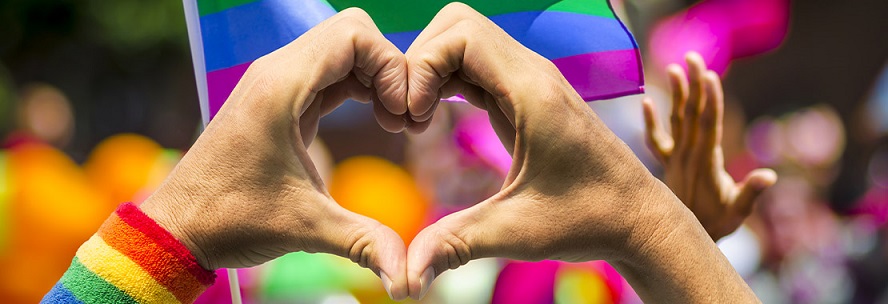At FSC we continuously maintain an inclusive and equitable culture, therefore ensuring that others are correctly identified is essential in and out of the FSC community. Moreover, using the proper gender and gender pronouns promotes a safe and accepting environment and a sense of belonging for all.
To acquire and maintain a respectful and safe environment, it is crucial to define and gain a better understanding of each term.
Pronoun:
A pronoun is a word used to describe people while gender pronouns refer to what individuals choose to assign themselves as. For example, some pronouns are feminine, masculine, and others gender neutral. These pronouns may or may not match their gender expression.
Why is it important to fully understand and respect a person's gender pronouns?
When looking at an individual, one cannot always correctly determine a person's gender pronouns thereby asking allows you to correctly identify them. Above all, this not only respects their identity but also allows them to feel safe and accepted.
How should I go about asking someone for their pronouns?
It is understandable to feel uncomfortable to have to ask, however the person will definitely appreciate the fact that you take an interest in identifying them properly. Some examples are as follows: "Which pronouns do you identify with?" or "Can you remind me which pronouns are your preferred ones?"
Defined Terms:
Affirmed Gender: an individual's affirmed gender is the gender that matches their gender identity. For example, if a person is presumed female at birth and identifies as male, their affirmed gender is male.
Agender: a term referring to a person without a specific gender. It can be seen as either non-binary gender identity or gender-neutral.
Bisexual: a person who is attracted to more than one gender.
Cisgender: a person's whose gender identity corresponds with the assigned sex at birth.
Gay: an individual who is attracted to people of the same sex.
Gender: a set of behaviors or societal norms associated with being feminine, masculine, etc. Example: male or female.
Gender Bias: Behavior that depicts favoritism toward one specific gender.
Gender Expression: The way someone physically showcases their gender identity externally, whether through their voice, hairstyle, clothing, etc. It’s important to understand that there are many combinations of gender expression, and it’s not limited to just masculine and feminine. Gender expression doesn’t imply someone’s gender identity.
Gender - Fluid: A person who does not identify with one fixed gender or has a fluid gender identity.
Gender Identity: Someone’s personal sense of self in regard to their gender. This doesn’t necessarily correspond to their biological sex and, many people become aware of their gender identity at different stages of their lives.
Genderqueer: People who reject traditional gender categories and embrace being fluid in terms of their gender identity. This doesn’t always correlate with sexual orientation though. They may see themselves as non-binary or as both male or female or any other way.
Gender Transition: This process occurs when a transgender or nonbinary person alters their appearance with different hormone therapies and medical procedures.
Heterosexuality: People who are attracted to people of the opposite sex. Also known as straight.
Intersex: An umbrella term is used to describe people with different hormones, anatomy, or chromosomes than fit the usual definitions of either male or female. This is not the same as being transgender or non-binary though.
Lesbian: A woman (assigned at birth or otherwise) who is attracted to other women.
LGBTQIA+: An acronym that incorporates everyone who identifies as lesbian, gay, bisexual, transgender, intersex, and asexual as well as any other queer identities. The + represents all identities that aren’t explicitly described in the letters themselves.
Misgender: The language used to describe someone that doesn’t align with their affirmed gender. For example, calling a transgender woman, a “he” or “him.”
Non-binary: A term used to describe people who fall outside of the traditional binary gender categories: male and female. Also known as genderqueer or gender variant.
Pansexual: Someone who can potentially be attracted to people of any gender.
Polysexual: Someone who can potentially be attracted to people of any gender.
Pronouns: Words, particularly personal pronouns, are used to match someone’s gender. Examples include she/her, he/him, they/them, and ze/hir. Some people use specific pronouns, some use any, and some use none at all.
Queer: A term used by some people to embrace all sexualities and genders and may not identify with any specific label.
Sex: A person’s biological status that is typically assigned at birth based on anatomy. It usually is either male, female, or intersex.
Sexual Orientation: Someone’s physical, emotional, or romantic attraction toward other people.
Transgender: Someone whose gender identity differs from the gender they were assigned at birth.
